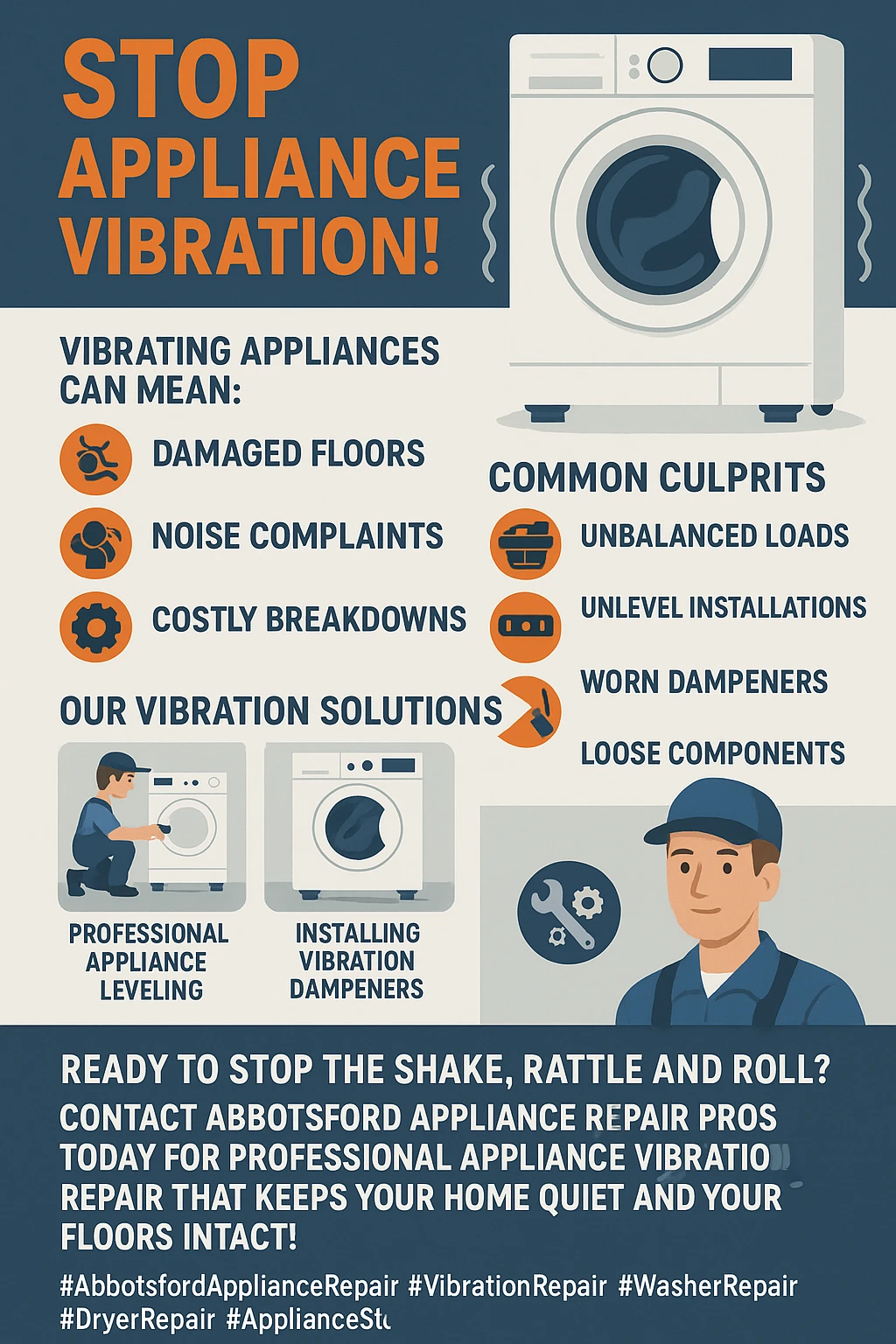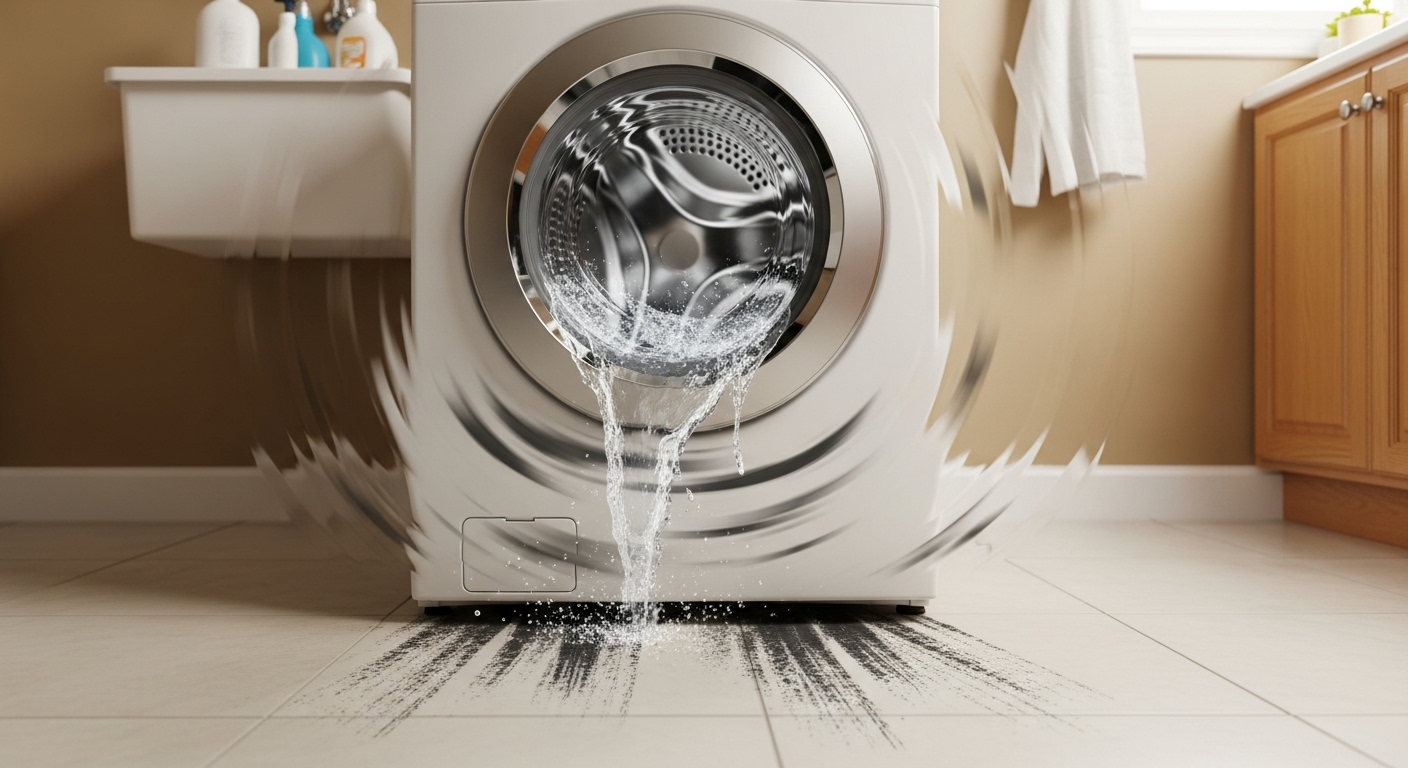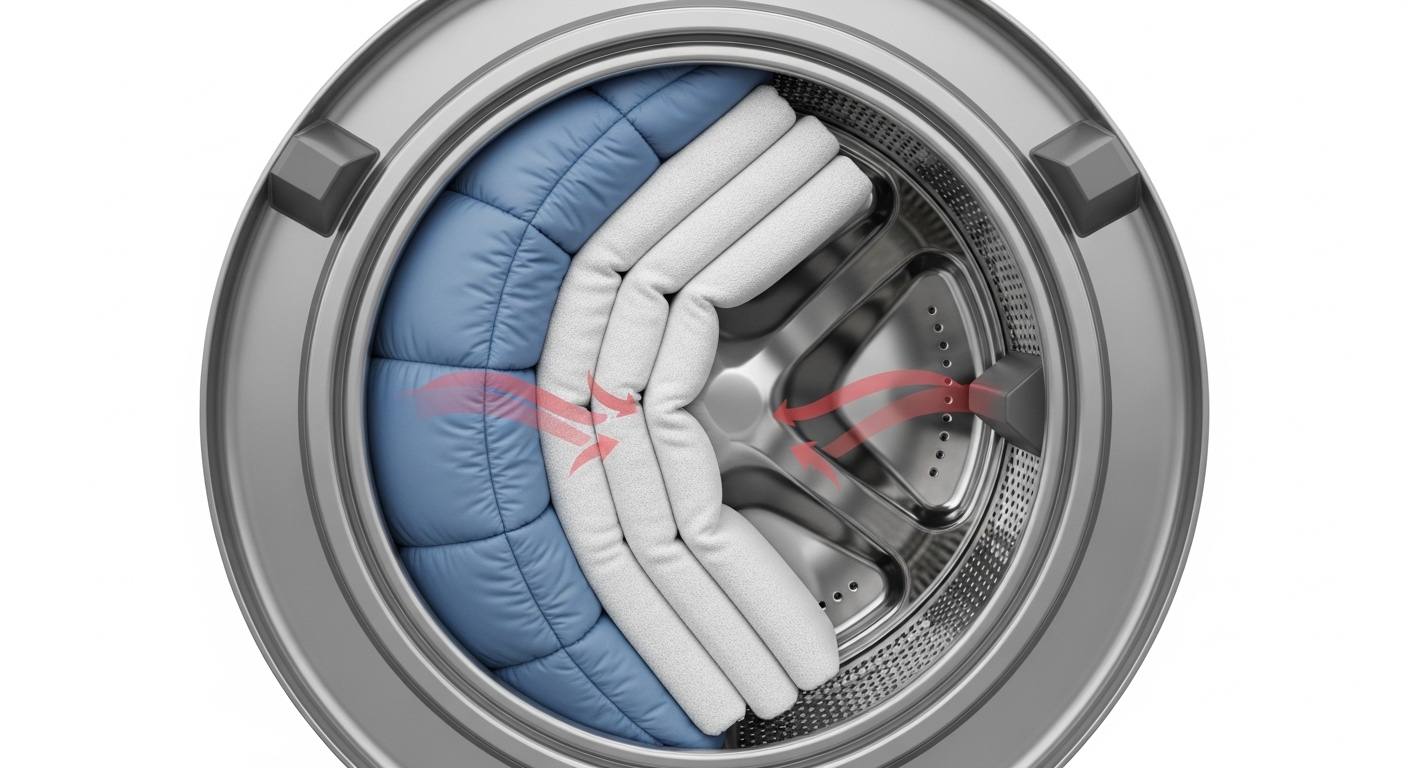Appliance Vibration Solutions: Why Your Abbotsford Home Appliances Are Shaking, Rattling, and Moving – Plus Professional Fixes That Work
Tired of your washing machine doing the cha-cha across your laundry room floor during every spin cycle? If your dishwasher sounds like it’s hosting a percussion concert and your dryer is bouncing around like an overstuffed basketball, you’re dealing with appliance vibration issues that go way beyond just annoying noise pollution.
Picture this: I’m folding laundry in my Abbotsford home last Tuesday when suddenly my washer starts doing this wild shimmy-shake dance that would make a TikTok influencer jealous. The thing literally walked three feet across my basement floor, leaving scuff marks on my concrete and making my upstairs neighbors think I was rearranging furniture with a jackhammer. Sound familiar? That’s when I realized appliance vibration isn’t just a quirky household personality trait—it’s actually a red flag screaming for attention.
Here’s the thing about vibrating appliances that most homeowners don’t realize: what seems like a minor annoyance today can snowball into major structural damage, sky-high repair bills, and appliances that die premature deaths. We’re talking about progressive floor damage, foundation stress, and internal component wear that could have been prevented with the right interventions. Plus, if you’re living in one of Abbotsford’s older homes with hardwood floors or a newer build with engineered wood, that constant vibration is literally eating away at your home’s foundation and flooring systems.
The good news? Most appliance vibration problems have straightforward solutions when you know what you’re dealing with. From simple load balancing techniques you can master in five minutes to professional leveling services that eliminate vibration permanently, there’s a fix for every situation and budget. Whether you’re dealing with a rogue washing machine, a bouncing dryer, or a dishwasher that sounds like it’s crushing ice cubes, we’ve got the diagnostic tips and professional solutions that actually work.
Key Outtakes:
- Unbalanced loads, poor leveling, and worn shock absorbers account for approximately 80% of residential appliance vibration problems, yet most can be resolved with proper diagnosis and adjustment.
- Untreated appliance vibration causes progressive floor damage and structural issues that cost significantly more to repair than preventative stabilization solutions.
- Professional appliance leveling services combined with anti-vibration dampeners are more effective at eliminating vibration than either solution alone.
- Installation problems—including leftover shipping bolts, improper floor preparation, and incorrect leveling foot adjustments—are a leading cause of preventable vibration issues in newly purchased appliances.
- Abbotsford’s climate and varied home foundations require location-specific vibration solutions that go beyond generic over-the-counter products.

Understanding Appliance Vibration – Why It Happens

Before we dive into solutions, let’s get crystal clear on what we’re dealing with. Normal appliance operation includes some minor vibration during spin cycles as clothes move around to remove water, but there’s a massive difference between normal operational hums and appliances that are literally bouncing around your laundry room like they’re auditioning for a gymnastics team.
If your washing machine is “walking” across the floor, making sounds like a freight train, or creating vibrations you can feel through the floorboards, you’re looking at a mechanical problem that needs attention. Small amounts of shaking during spin cycles is expected as clothes move rapidly to remove water, but anything beyond that gentle rumble indicates something’s gone wrong with your appliance’s internal balance systems.
The most common culprit behind appliance vibration? Unbalanced loads. When clothes get bunched up on one side of the drum during the spin cycle, your washing machine essentially becomes a giant off-balance top spinning at high speed. Picture trying to spin a basketball with all the air concentrated in one spot—that’s exactly what happens inside your washer when towels clump together or a heavy comforter shifts to one side. Over time, these repeated unbalanced loads don’t just create noise; they strain internal suspension components and can actually damage the drum bearings and shock absorber systems.
But here’s where it gets interesting for Abbotsford homeowners specifically. Our local housing mix—from century-old character homes with settling foundations to modern builds with engineered wood floors—means that appliance vibration behaves differently depending on your home’s structure. A washing machine sitting on a concrete basement floor will transmit vibration differently than one installed on an upper-level engineered wood floor. Even slight variations in floor levelness, which might not be noticeable to the naked eye, can throw your appliance’s internal gyroscope completely out of whack.
Then there’s the issue of worn internal components that develop over your appliance’s lifespan. Shock absorbers, which are basically your washing machine’s built-in suspension system, deteriorate over time just like the shocks on your car. When these fail, even perfectly balanced loads can cause excessive vibration because the appliance has lost its ability to self-stabilize during operation. Similarly, worn drum bearings create a domino effect where the drum starts wobbling, which creates uneven weight distribution, which leads to more vibration, which accelerates bearing wear—it’s a vicious cycle that only gets worse with time.
Common Appliance Vibration Problems by Type

Now that we understand the mechanics behind vibration, let’s break down what you’re likely experiencing with each type of appliance. Different appliances have distinct vibration signatures, and knowing what to look for can help you pinpoint whether you’re dealing with a simple fix or something that needs professional attention.
Starting with washing machines—the usual suspects in the vibration department. The most obvious sign is the classic “washing machine walk,” where your appliance literally moves across the floor during the spin cycle. This usually happens when you’re washing bulky items like comforters or sleeping bags that can’t distribute evenly around the drum. But here’s a pro tip: if you’ve just purchased a new washing machine and it’s shaking violently from day one, check for shipping bolts that weren’t removed during installation. Shipping bolts must be completely removed before operation, as their presence restricts drum movement and causes forceful shaking. I’ve seen brand-new machines nearly shake themselves apart because the installation team forgot this crucial step.
There’s also a specific issue with certain Whirlpool-built appliances where the suspension rod system can fail when the damping grease deteriorates or foam dampers wear out. If your washer is making grinding sounds along with the vibration, this could be your culprit. Unlike simple load balancing issues, suspension rod problems require professional diagnosis and repair because they involve the appliance’s core stabilization system.
Dryers present their own unique vibration challenges. The most common cause is worn drum rollers or bearings that support the rotating drum. When these components wear down, you’ll hear loud thumping sounds accompanied by visible shaking, especially when the drum is loaded with heavy items like denim or towels. Unlike washing machine vibration, which often happens in bursts during the spin cycle, dryer vibration tends to be consistent throughout the drying cycle and gets worse as the components deteriorate.
Dishwashers are sneaky when it comes to vibration problems because the issues often masquerade as normal operational noise. The most common problem is spray arm obstruction, where the rotating spray arm gets blocked by improperly loaded dishes and starts banging against plates or utensils. Dishwasher spray arm banging occurs when the spray arm gets blocked by dishes, a common issue resolved by proper dish arrangement. But more serious vibration can come from drain pump obstruction, where trapped debris causes the pump to work harder and create excessive movement throughout the appliance.
Refrigerators are probably the most complex when it comes to vibration diagnosis because they operate continuously and have multiple moving parts. You might notice different types of sounds: squeaking from dry hinges or worn wheels, rattling from loose condenser fans or items stored on top of the unit
